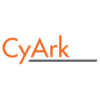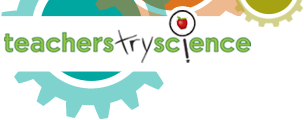Introduction: What is the hook, the attention grabber, the interesting beginning?
Start with a hands-on activity with a sculpture material (paper, clay, soap, etc.) and a tool (spoon, toothpick, scissors). Pair an inappropriate tool with the chosen sculpture material so that students can attempt and learn that they really need a different tool for the job.
Content:
After completing the introduction, begin with a brief history background about Mount Rushmore (where is Mount Rushmore, when was it carved, who carved it and why, where did the name come from? etc.). Discuss how the sculptor, Gutzon Borglum, decided to carve the heads of the four Presidents. Simply put, he had to “sculpt” the rock. Show two pictures of Mount Rushmore: before and after carving.
To explain how the faces and all the shapes within them came to be, show the introduction video, which shows how the sculpture was created. Supplement this video with a discussion about the different types of rock present at Mount Rushmore (i.e. different “materials”) and how that determined the different tools to be used and even the design of the sculpture (use historic photos that show the original location of the Jefferson sculpture, then current-day close up photos to illustrate the different types of rock and “veining”). Also use the provided photographs to introduce the students to the Hall of Records, where tool marks are very easily distinguishable.
Hands-on activity: Have students pick out a sculpting material and think about what they want their sculpture to look like. Students then have to determine which tool(s) they need to choose in order to create the sculpture they have in mind. When sculptures are complete, students present their sculptures to the class and talk about their material/tool choices and how well those choices played out in creating their sculpture.
Summary and Conclusion of Lesson: What helps set a course of action or leaves them thinking?
Summarize concepts covered through the activities.
Theme Statement: (The "big picture," the final result, the "so what?!")
Look around you and think about how things were made. When we want to make something, it doesn't always turn out the way we pictured it. The materials you make it out of and the tools you choose to use will determine what you end up with.

